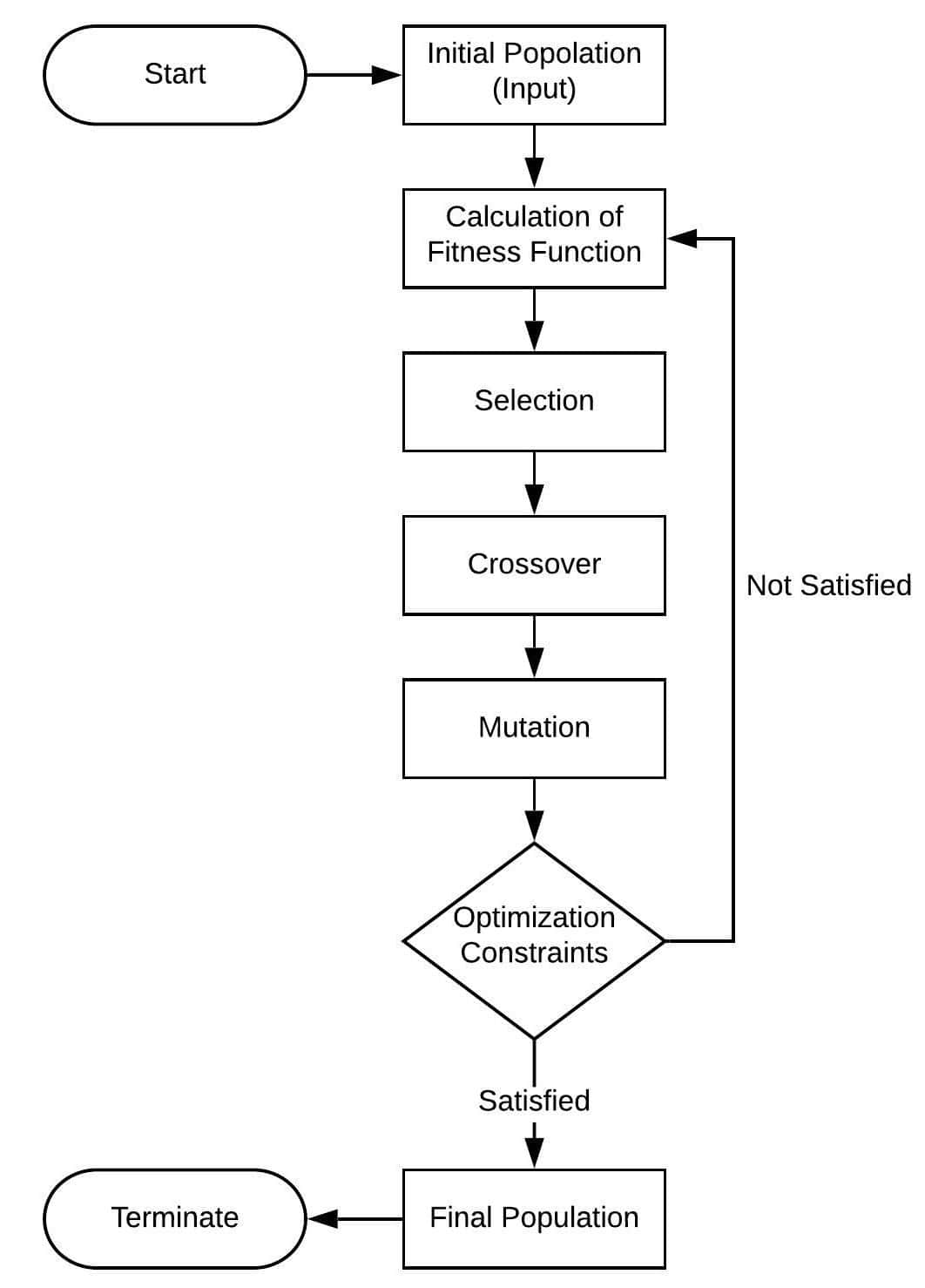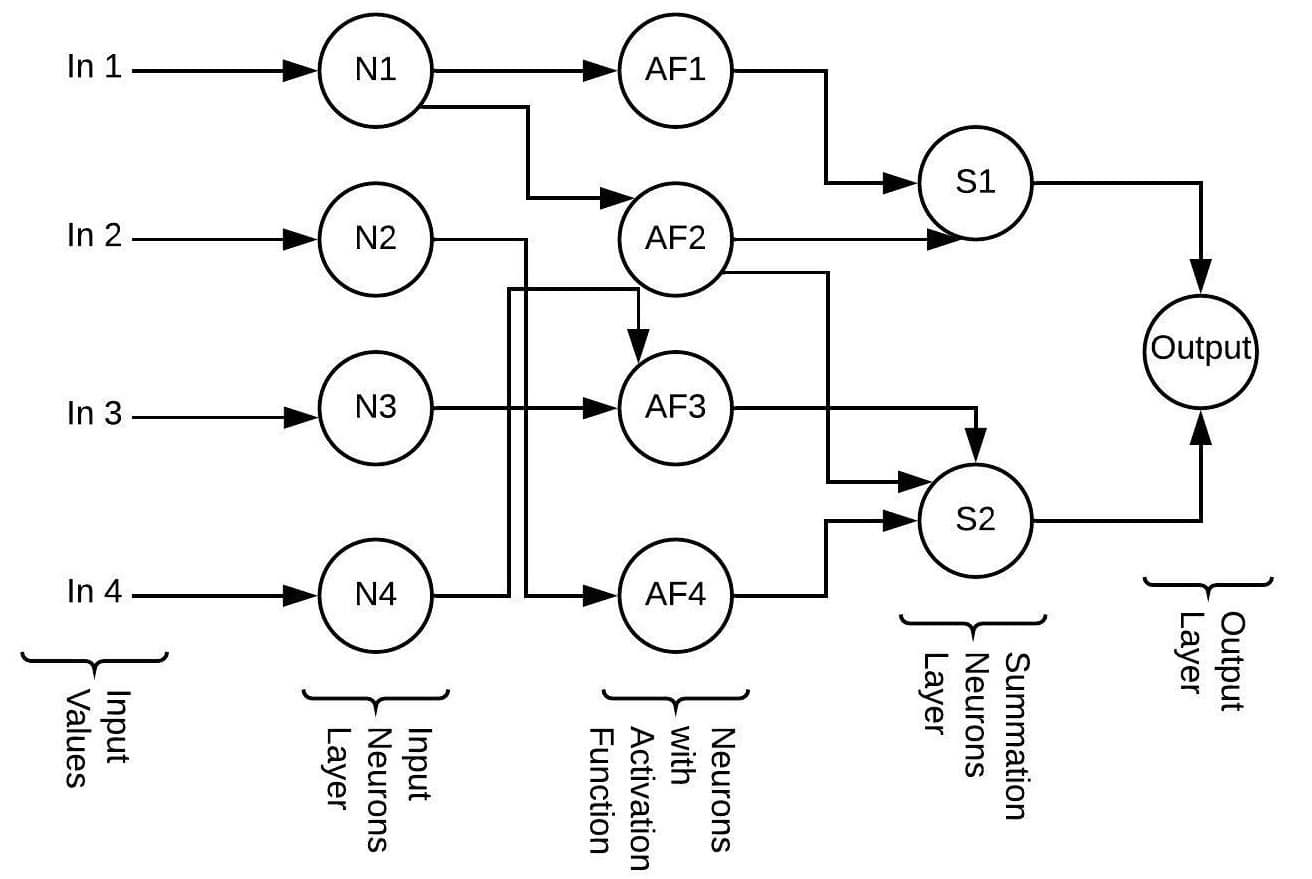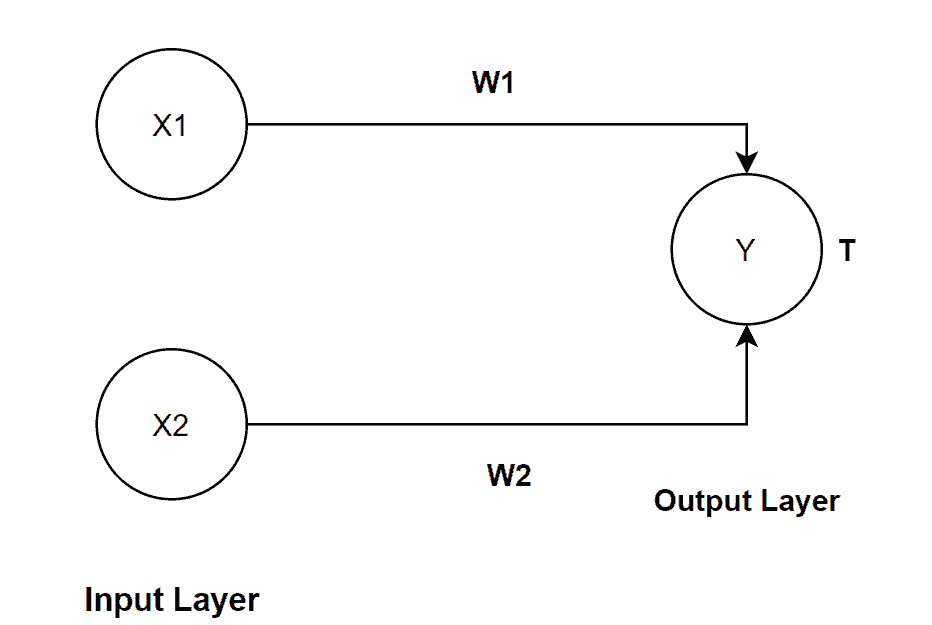1. 概述
遗传算法 和 神经网络 是两种截然不同的计算模型,适用于解决不同类别的问题。本文将从基本概念出发,逐步分析它们的适用场景,并通过实例展示它们的运作方式,最后进行高层次的对比。
我们会介绍一些有趣的算法特性,帮助读者理解它们为何区别于其他传统算法。
2. 遗传算法与神经网络基础
2.1 遗传算法基础
遗传算法(Genetic Algorithm,GA)是一种受达尔文自然选择理论启发的搜索启发式算法。它模拟自然界中“适者生存”的过程,通过迭代进化的方式寻找最优或近似最优解。
遗传算法的流程如下:
算法从一个初始种群开始,通过选择、交叉和变异三个步骤不断进化,最终在满足优化约束后停止。
2.2 神经网络简介
神经网络是一种模拟人脑神经元结构的算法模型,用于识别和处理数据中的模式。
一个典型的神经网络结构包括输入层、隐藏层和输出层:
输入数据通过激活函数进行处理,经过加权求和后输出结果。神经网络特别适合处理复杂的非线性关系。
3. 动机与应用场景
3.1 遗传算法的应用动机
遗传算法旨在模拟生物系统的自适应性和智能性。它主要用于解决难以用传统算法处理的搜索型优化问题。
✅ 适用场景:
- 多峰函数优化(如寻找全局最大值)
- 组合爆炸问题(如旅行商问题)
- 需要快速得到近似解的实时系统
3.2 神经网络的应用动机
神经网络是一种数学建模工具,擅长处理复杂的模式识别和预测问题。
✅ 适用场景:
- 图像识别(如猫狗分类)
- 时间序列预测(如天气、股市)
- 非线性回归与分类问题
4. 何时选择遗传算法而非神经网络
遗传算法适合解决以下类型的问题:
- ✅ 离散空间搜索问题:如组合优化、路径规划
- ✅ 无导数优化问题:无法使用梯度下降法时
- ✅ 多峰函数优化:传统方法容易陷入局部最优时
- ✅ 需要快速近似解:如 GPS 路径规划中的实时响应需求
⚠️ 不适合的场景:
- 连续函数逼近
- 已知明确输入输出映射关系的数据集
5. 何时选择神经网络而非遗传算法
神经网络更适合以下情况:
- ✅ 连续数据建模:如房价预测、图像分类
- ✅ 模式识别任务:如语音识别、手写识别
- ✅ 已有大量训练数据:可以利用监督学习进行训练
- ✅ 需要快速分类新输入:训练完成后推理速度快
⚠️ 不适合的场景:
- 优化问题没有训练数据
- 搜索空间巨大且离散
6. 示例演示
6.1 遗传算法示例:MAXONE 问题
问题描述: 给定一个二进制字符串集合,目标是最大化字符串中 1 的数量。
算法流程:
algorithm MAXONE(initialPopulation, X):
// INPUT
// initialPopulation = 初始二进制字符串种群
// X = 期望的1的数量
// OUTPUT
// 最终种群中1的数量最大化
while true:
fitness = X:
print("Final Fitness:", fitness)
break
selectedPopulation <- Selection(initialPopulation)
crossedOverPopulation <- Crossover(selectedPopulation)
mutatedPopulation <- Mutation(crossedOverPopulation)
initialPopulation <- mutatedPopulation
示例数据:
初始种群(N=4,L=4):
M1 = 1011 F(M1) = 3
M2 = 0010 F(M2) = 1
M3 = 1010 F(M3) = 2
M4 = 0000 F(M4) = 0
总共有 6 个 1。
经过选择、交叉、变异后,新一代种群为:
M1 = 1010 F(M1) = 2
M2 = 1111 F(M2) = 4
M3 = 0111 F(M3) = 3
M4 = 1011 F(M4) = 3
总共有 12 个 1,比初始提升了 100%。
6.2 神经网络示例:验证 AND 门
目标: 构建一个简单的神经网络验证 AND 门逻辑。
结构图:
参数设定:
- X1 权重 W1 = 1.5
- X2 权重 W2 = 1.5
- 阈值 T = 2
算法逻辑:
algorithm ANDGateVerification(Input values(X1, X2), Weights of the nodes(W1, W2)):
// INPUT
// Input values(X1, X2) = 输入值
// (W1, W2) = 权重
// OUTPUT
// 0 或 1
IncomingSignal <- X1*W1 + X2*W2
if IncomingSignal > T:
return 1
else:
return 0
测试输入:
| X1 | X2 | 计算信号 | 输出 |
|---|---|---|---|
| 0 | 0 | 0 | 0 |
| 0 | 1 | 1.5 | 0 |
| 1 | 0 | 1.5 | 0 |
| 1 | 1 | 3 | 1 |
✅ 成功验证了 AND 门的行为。
7. 高级对比总结
| 特性 | 遗传算法 | 神经网络 |
|---|---|---|
| 数据类型 | 离散数据 | 连续数据 |
| 适用问题 | 优化问题 | 模式识别、预测 |
| 是否需要训练数据 | 否 | 是 |
| 是否需要导数信息 | 否 | 是 |
| 计算耗时 | 较高 | 较低 |
| 是否能发现新模式 | 是 | 否(依赖训练数据) |
8. 结论
本文介绍了遗传算法与神经网络的基本原理、应用场景及典型示例。两者在解决不同问题时各有优势:
- ✅ 遗传算法 更适合搜索空间大、无明确数学模型的优化问题;
- ✅ 神经网络 更适合处理复杂输入输出映射的模式识别任务。
理解它们的适用边界有助于我们在实际项目中做出更合理的技术选型。


